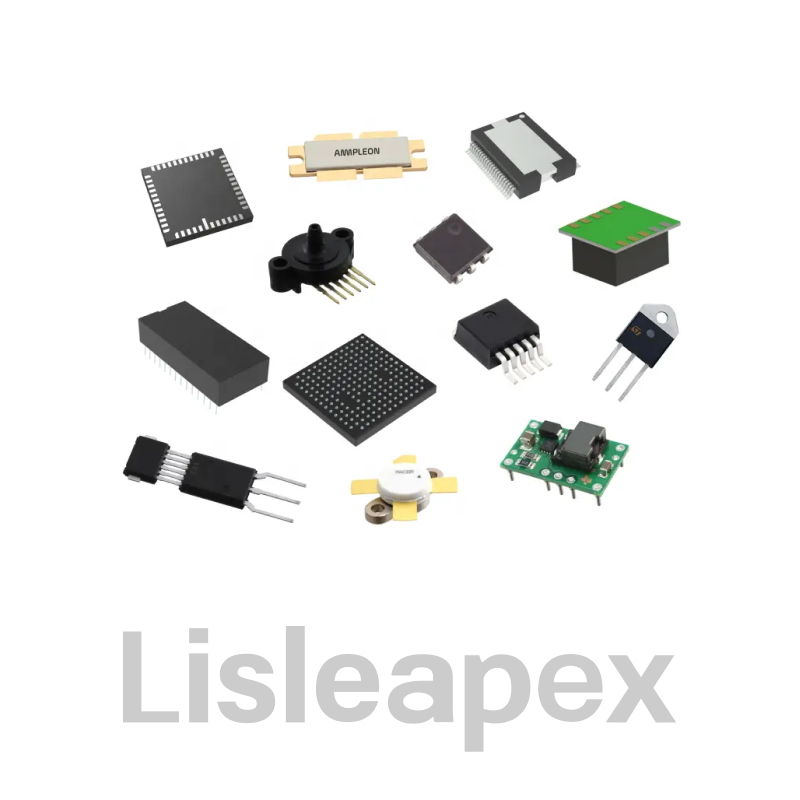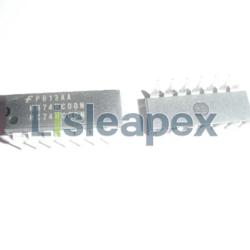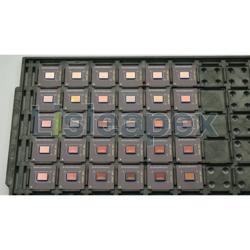Grenoble, June 28, 2023—Dolphin Design, a leader in semiconductor IP solutions providing power management, audio and processor, and ASIC design services, announced today the launch of WhisperExtractor, a game-changing mixed-signal IP designed to support voice and audio in SoCs.
The WhisperExtractor IP enables voice and sound classification with power consumption as low as µW, paving the way for breakthrough online voice user interfaces and sound detection. This IP enhances battery-powered, high-efficiency sound classification applications such as keyword recognition (KWS), automatic speech recognition (ASR), natural language processing (NLP), or intelligent security cameras.
WhisperExtractor addresses one of the main challenges faced by battery-powered devices aiming to achieve voice user interaction or sound classification—power efficiency—through a disruptive technology. The demand for highly efficient and low-power SoC designs to enhance end-user experience has become crucial.
How does WhisperExtractor work?
Traditional signal processing methods for handling Mel-frequency cepstral coefficients (MFCC) require significant power consumption to convert analog signals to digital, perform signal processing computations, and further software processing. This makes it challenging to achieve online voice listening or sound classification without draining excessive battery current.
WhisperExtractor, based on a mixed-signal architecture, effectively extracts the MFCCs required for audio classification without the need for any software programming. It directly interfaces with an analog microphone and outputs the data required by the AI accelerator block for inference/classification. This new approach breaks the limitations of conventional methods, resulting in significantly lower power consumption than before.
The advanced architecture of this innovative IP helps reduce power consumption by up to 99% at the system level, enabling constant listening functionality with power consumption in the microwatt range using a simple 32 kHz clock. It reduces the substantial power consumption on DSP or CPU and wakes up the system only when necessary.
Key Features and Benefits of WhisperExtractor:
- Unparalleled power efficiency: µW-level power consumption, extending the battery life of operational devices.
- Always-on capability: Works with a 32 kHz clock input, RC or crystal oscillator.
- Seamless software integration: MFCCs require no software programming.
- Versatility: Built-in support for various use cases, including voice and sound classification.
Hakim Jaafar, Vice President of Marketing at Dolphin Design, stated, "We are proud to introduce this cutting-edge technology to the IP market. WhisperExtractor further drives our investment in a comprehensive IP portfolio, enabling cost-effective design of high-efficiency SoCs. Whether it's our audio converters, power management, or processor IP, through this groundbreaking IP, we once again demonstrate that innovation is part of our DNA. So, stay tuned!"
Dolphin Design's IP catalog comprises over 300 commercialized IPs for audio converters, power management, and processors, tailored for SoCs. These IPs have been validated in multiple foundries and processes, enabling numerous fabless and system manufacturers focused on designing more energy-efficient SoCs to concentrate their internal resources on more valuable tasks, making their SoCs stand out.

 Congratulations On Your Successful Submission
Congratulations On Your Successful Submission
 Submission Failure
Submission Failure













